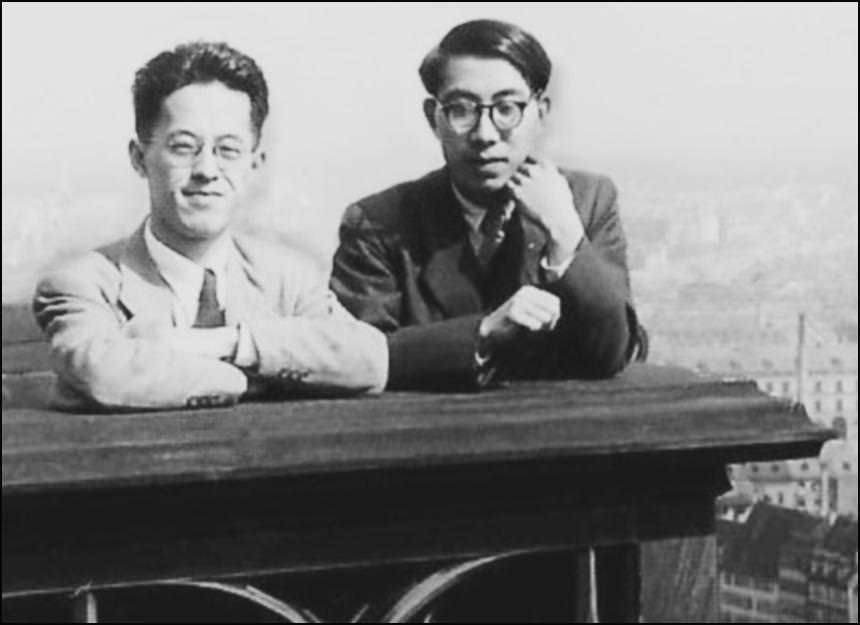by Robert Greene

Berkeley in the 1960s was an earthly paradise for people interested in real and complex geometry. When I arrived in early 1965 as a new graduate student, Professor Chern was the unquestioned leader of the geometry group, and indeed of the field itself, and Kobayashi occupied a special place as an organizer and presenter of the field as a whole. He was, after all, the author with K. Nomizu of The Book, Foundations of Differential Geometry, which was to function for many years as the veritable bible of the subject. It was a summit all the new students in geometry were determined to climb. When Volume II appeared in 1969, the whole became a definitive work indeed, a position which the passage of time has not dimmed as far as the field up to that point is concerned.
After qualifying examinations, I began work with Hung-Hsi Wu as my dissertation advisor, a happy association that turned later into a long-term collaboration. Almost as soon as Wu had accepted me as a student, he went on sabbatical in England for a term, so he asked Kobayashi to take me under his wing. The proposal was that I should read Helgason’s Differential Geometry and Symmetric Spaces under Kobayashi’s guidance. Kobayashi was the soul of politeness in dealing with my obvious disaffection from the book I was supposed to be going through. And in spite of this somewhat rocky start — I think Kobayashi never quite entirely forgave me for not liking Helgason’s book — we became friends.
Impressive though Kobayashi and Nomizu’s great survey book was and is, it was another of Kobayashi’s books, Hyperbolic Manifolds and Holomorphic Mappings, that demonstrated best the elegance with which he could present a subject from its beginnings. When his “little red book,” as we young people thought of it, appeared it had a big influence on us, flowing along as it did like a crystal stream. It was seductive, and indeed it did convince people that hyperbolic manifolds had a good bit more vitality as an independent subject than it in fact did in the long run, vital though the Kobayashi metric became and remains as a tool. The hyperbolic idea swept through Berkeley like a California wildfire in the hills. I did not work on hyperbolic manifolds directly at that time, but later in the mid-1970s Wu and I developed a refinement of the strictly negative curvature criterion, so I did get into the hyperbolic act eventually. And the general circle of ideas did influence me in the direction of thinking about complex manifolds. In this somewhat indirect way, Kobayashi shaped my mathematical life, since complex geometry has remained my principal mathematical interest.